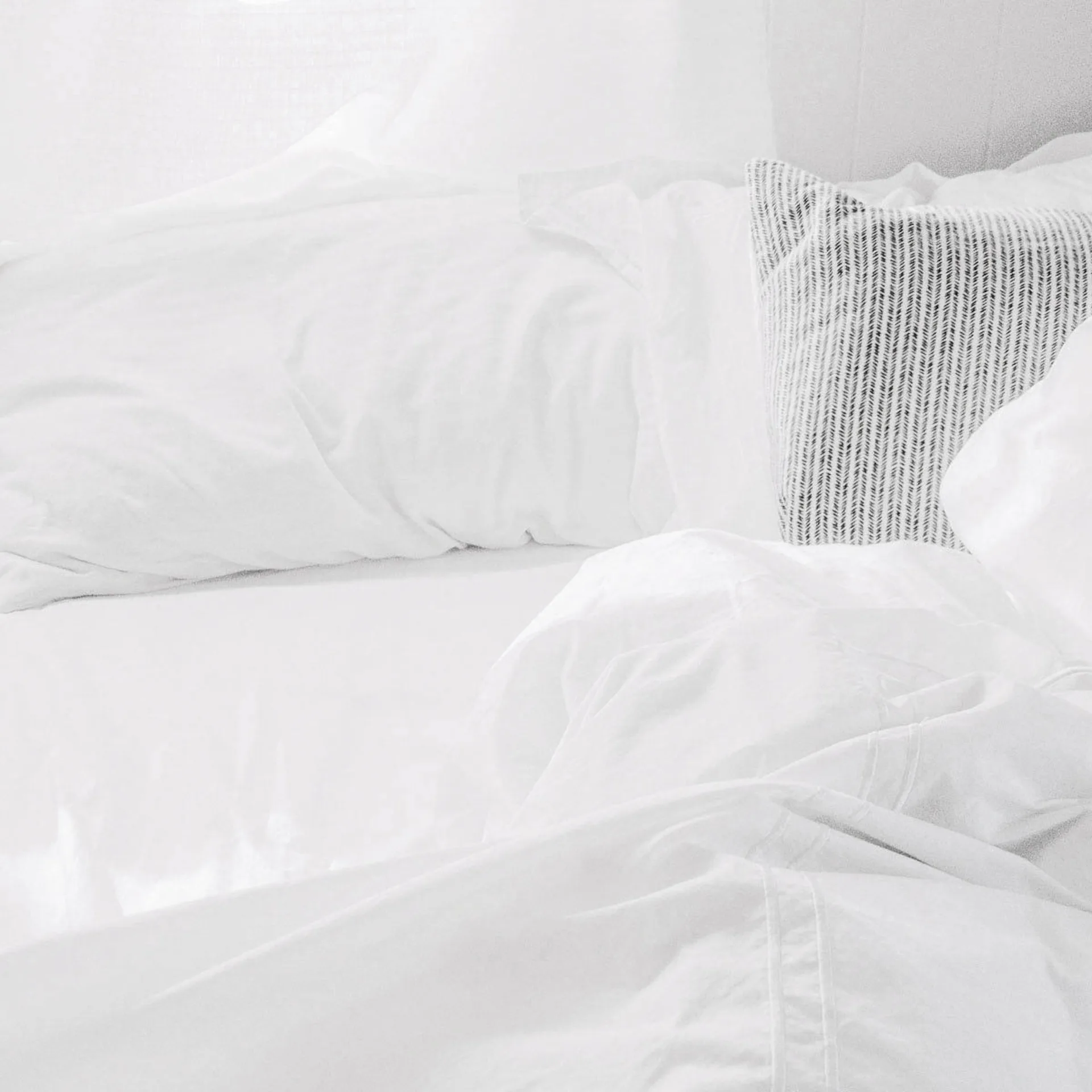Should You Eat Your Baby’s Placenta?

The placenta is an amazing miracle of the human body, an interior highway for transmitting nutrients, hormones and blood from the mother to her unborn child. Attached via the umbilical cord to the fetus’ navel, the placenta is a unique organ and the foremost physical bond between mother and offspring.
If you’ve ever worked on a farm, you know that most mammals eat their placentas after giving birth, carnivores and herbivores alike. Placentophagy or placenta eating occurs because the afterbirth is rich in nutrients and hormones, which the animals need in their natural state.
Today, some people are advocating that humans eat their placentas as well, and a whole industry has sprung up, dedicated to teaching new mothers how to go about it, and turning fresh placentas into ready-made supplements in pill form.
Throughout history in many human cultures, the placenta has been regarded with awe and a special kind of ritualistic regard. The Maori of New Zealand are one group that buries the placenta, symbolizing humans’ connection to the earth. In Korea, they burn placentas and keep the ashes, and some cultures in Ghana and Bolivia believe that the placenta has its own spirit, separate from the baby that was born.
Enter: modern America, where new mothers are participating in the trend of eating their own placentas. Proponents of placentophagy believe that eating the placenta prevents post-pregnancy complications such as anxiety, depression and psychosis. Eating your placenta, they contend, provides nutrition, emotional and physical healing as well as added meaning to the birthing experience. Benefits may also include increased energy, enriched breast milk and decreased insomnia, iron deficiency and postpartum bleeding.
While scientists contend that well-nourished human females have no need to eat their placentas (like wild animals do) unless they are really hungry, there is still a growing contingent of new moms who want to honor their physical connection to their baby by eating it. Should you eat your baby’s placenta?
Hospitals have long honored cultural traditions and allowed new mothers to take home their placentas to bury or ritualistically dispose, so taking home your placenta shouldn’t be a problem.
You can ingest your placenta in a number of ways. Fresher is better; placentas emerge 30 minutes to two hours after the birth of the baby, so have a plan in place if you would like to have it for dinner.
The most ardent pro-placenta eaters argue that raw is the only way to go for full benefits – so pop it in the blender for a post-birth pick-me-up smoothie (mix with frozen fruit, yogurt and/or juice to mask the meaty flavor).
Too disgusting/miraculous for you? Dry out your placenta using a method much like making beef jerky, and grind it into a fine powder for ingestion via capsule. This method is much more time-consuming but much less stomach-turning.
If you don’t really want to handle your placenta at all but still want to eat it, consider hiring someone to prepare it for you. A growing number of companies are offering placenta encapsulation services at a cost of around $200, however you must arrange this service in advance as fresh placentas go bad fairly quickly.
Should you eat your baby’s placenta? The choice, like having a child, is up to you.
image: joeannenah

